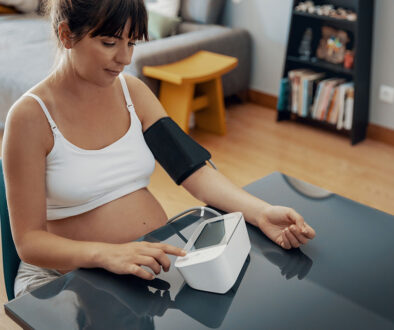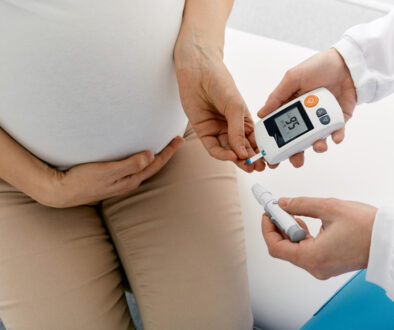Home Birth: A Real Consideration?
A plethora of articles can be found on home birth, both for and against. There is no shortage of opinions, statistics, and feelings expressed for and against. The subject is one fraught with numerous emotions and concerns, both from mothers and physicians. Like many things today, there are no clear cut answers, and as ACOG (the physician based American College of Obstetrics and Gynecology) states, “ … respect the right of the patient to make a medically informed decision about home delivery.”
Regardless of the differences of opinion about home birth, it is definitely becoming more popular and is on the rise. Vanity Fair articles, Cindy Crawford’s experience and many New York Times articles are just a few of the many endorsements. Statistics from the CDC (Center for Disease Control) demonstrate that although only 1% of overall deliveries in our country are done at home, there has been a 50% rise since 2004. In New York State alone, in 2011, there were 2130 registered home births. Proponents are avid about the home birth experience, reasoning that it is a more natural and comfortable setting in which the mother can share the experience with multiple family members. Many proponents feel that they are also avoiding what they perceive as unnecessary interventions experienced in a hospital setting.
The majority of physicians, on the other hand, are very concerned about home birthing. Statistics from the CDC on millions of registered births in the US from 2007-2010 demonstrate that with home birth there is a 10-fold increased risk of delivering a depressed baby at birth, there is a 4-fold increased chance of delivering a baby with long term serious neurologic problems, and a 2-fold increase in neonatal deaths. In many countries like China and The Netherlands, where home birthing is more common and less supervised, statistics are even worse. Statistically upwards of 45% of first time mothers undertaking home birth are ultimately brought to the hospital for complications the physician becomes responsible for. Physicians also live and work with an ethical oath to protect and promote the health related issues of the patient, so they are also concerned about the welfare of the full term undelivered baby.
There are numerous arguments addressing the statistics. Proponents of home birth properly state that although the risks are greater than hospital births, the actual risk of a depressed baby at delivery is 1.6 per 1000 home deliveries versus .16 /1000 in the hospital, still a very low number. Serious long term neurologic dysfunction is equally as low with a risk of .86 per 1000 home births versus .22/1000 hospital births. Physicians on the other hand feel that even one life saved or 1 less child born with handicaps warrant the more controlled setting and expertise of the hospital and physician.
With the relatively low risks, even though the risks are significant, the argument for and against home birth is bound to continue. Given this reality, the ACOG has made recommendations to minimize the potential problems even further by selecting good candidates, working with an integrated system that has physician back up, and the use of a certified, well qualified midwife or nurse who can make prudent, time efficient transfers when needed. I also believe that the hospitals could play a key role by creating a birthing area within the hospital which could closely mimic a home setting.
References:
https://download.journals.elsevierhealth.com/pdfs/journals/0002-9378/PIIS0002937813006303.pdf
https://well.blogs.nytimes.com/2013/10/25/home-births-pose-special-risks/
https://www.nytimes.com/2011/08/09/health/09birth.html
https://online.wsj.com/news/articles/SB10001424127887323639704579016902834439742




